The Iranians were among the pioneer carpet weavers of the ancient civilizations, having achieved a superlative degree of perfection through centuries of creativity and ingenuity. The skill of carpet weaving has been handed down by fathers to their sons, who built upon those skills and in turn handed them down to their offspring as a closely guarded family secret. To trace the history of Persian carpet is to follow a path of cultural growth of one of the greatest civilizations the world has ever seen.
From being simple articles of need, floor and entrance coverings to protect the nomadic tribesmen from the cold and damp, the increasing beauty of the carpets found them new owners – kings and noblemen, who looked upon them as signs of wealth, prestige and distinction.
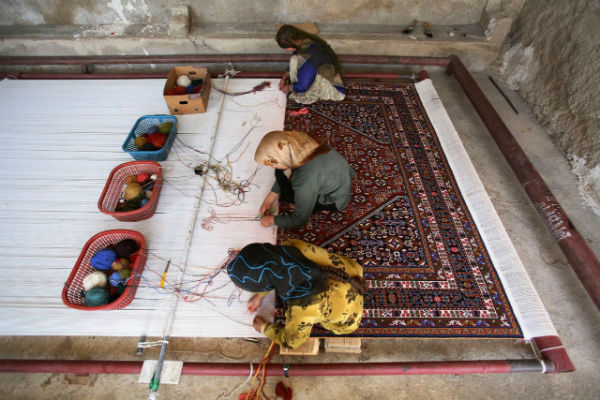
To look at a Persian carpet is to gaze into a world of artistic magnificence nurtured for more then 2,500 years. The Iranians were among the first carpet weaver of the ancient civilizations and, through centuries of creativity and ingenuity building upon the talents of the past, achieved a unique degree of excellence.
Today, carpet weaving is by far the most widespread handicraft in Iran. Persian carpets are renowned for their richness of colour, variety of spectacular artistic patterns and quality of design. In palaces, famous buildings, mansions and museums the world over, a Persian carpet is amongst the most treasured of possessions.
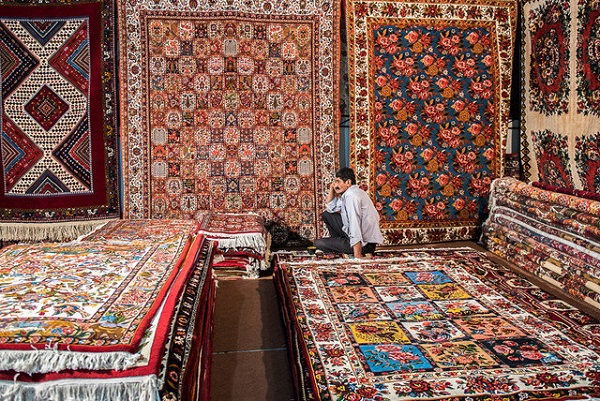
What is interesting to know is that these distinct weaving techniques, materials used and patterns of the rugs are not just random creations. Different tribes and different regions produce their own distinctive types of rugs that can be easily identified by their characteristic traits. rugs created by tribal weavers are markedly different from those produced by village or town weavers.
In an address to the Tenth Conference of Hand-Woven and Pictorial Carpets held in the city of Qazvin, Mohammad Mehdi Farshchi, the deputy head of Iran’s National Carpet Centre, said within the last Iranian calendar year, the Islamic Republic has exported carpets worth over $295 million to the world.
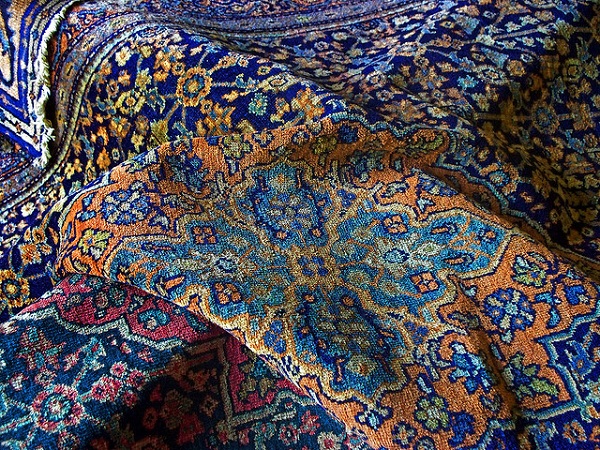
“With a 33-percent increase this year, Iran exported carpets worth $395 million to 78 countries,” he was quoted as saying in a Farsi report by the Fars News Agency.
He further noted that the government is resolved to develop the country’s non-oil exports.
“To this end, exporting hand-woven carpets can play a key role particularly because of the huge demand for Persian rugs which enjoy a top international status,” he concluded.


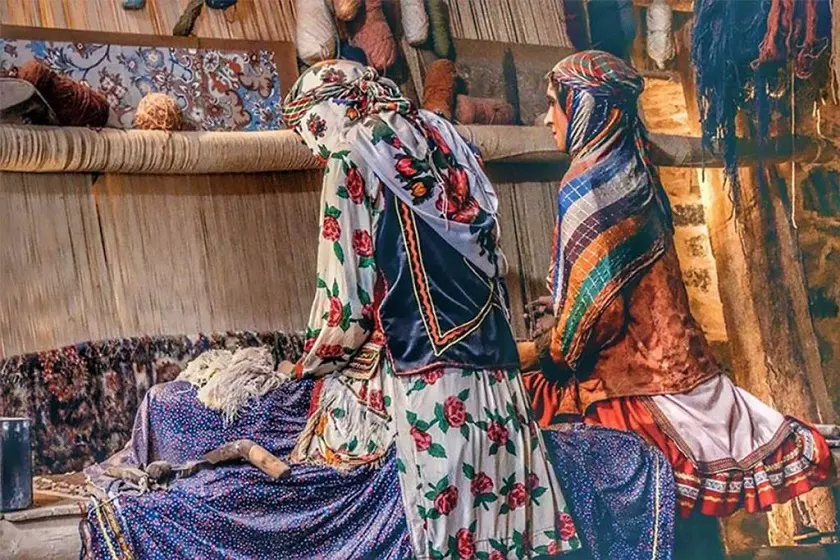

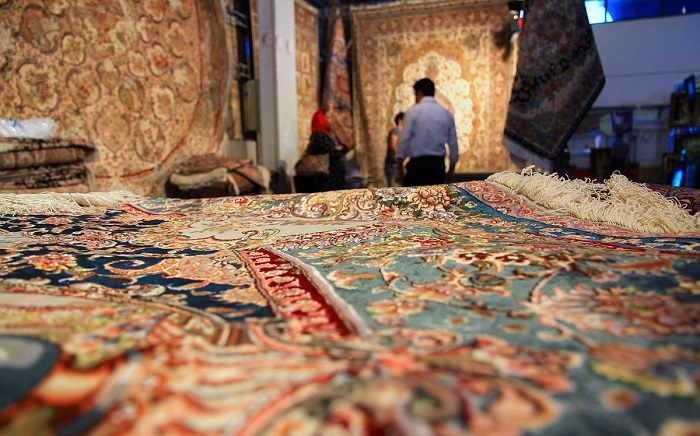

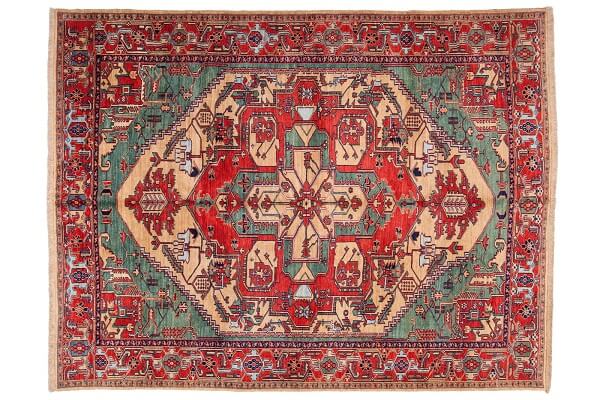


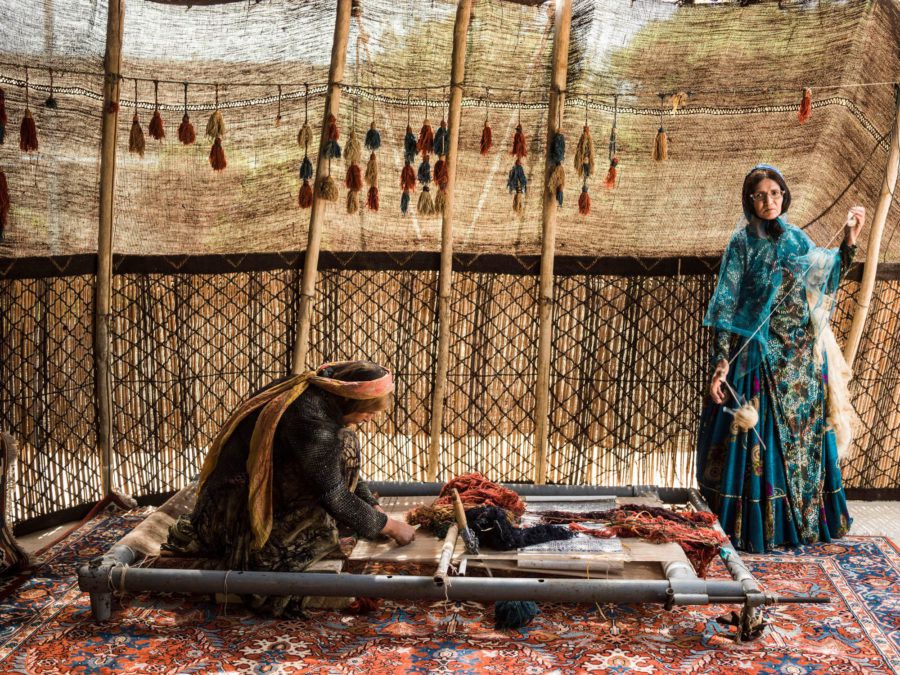


Thanks for making cultural products available to the public.